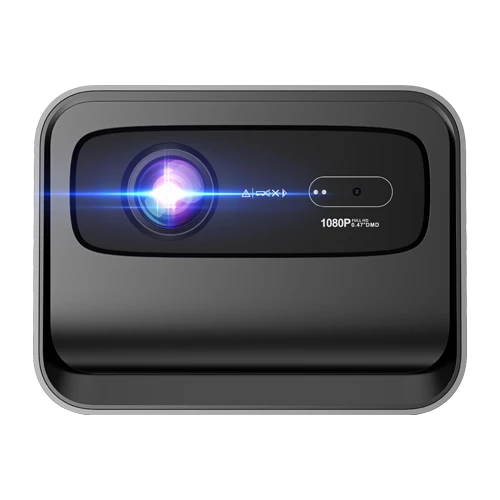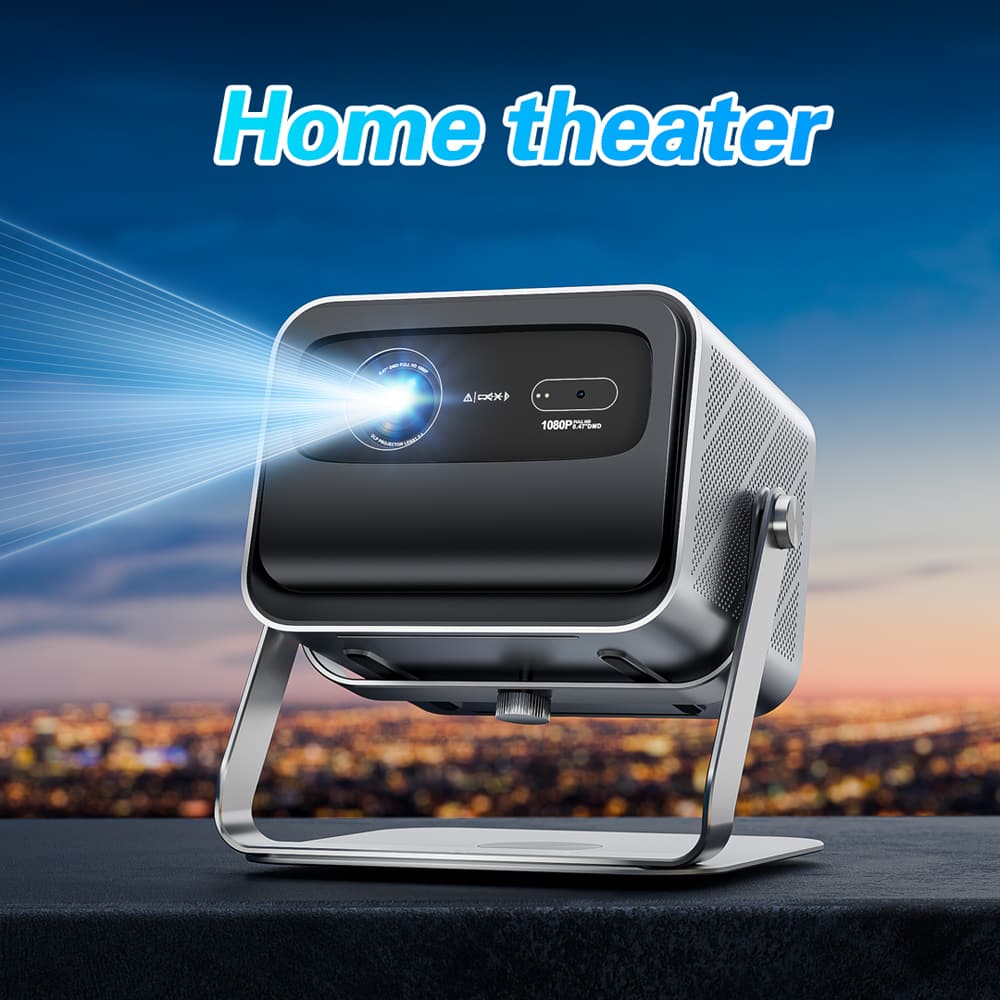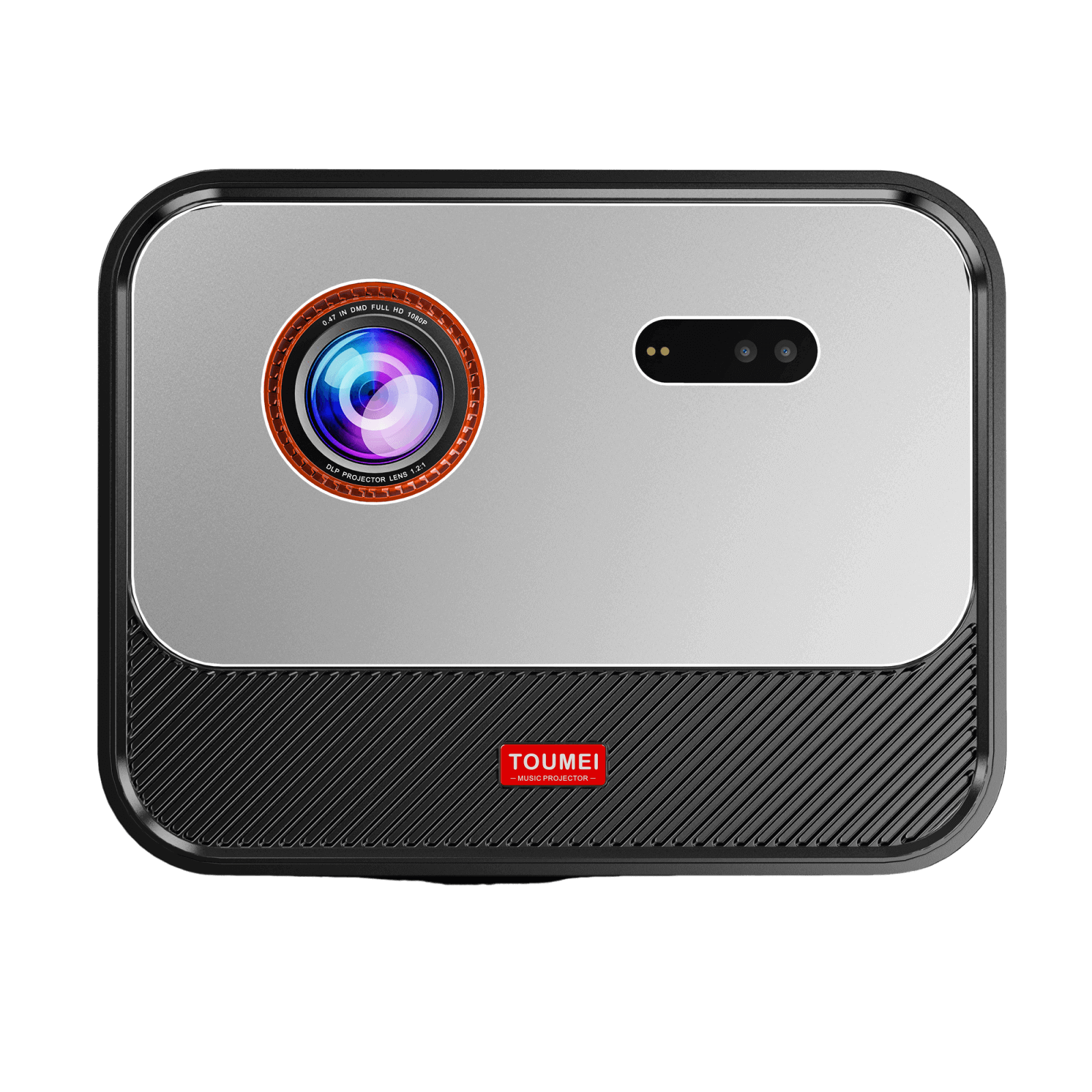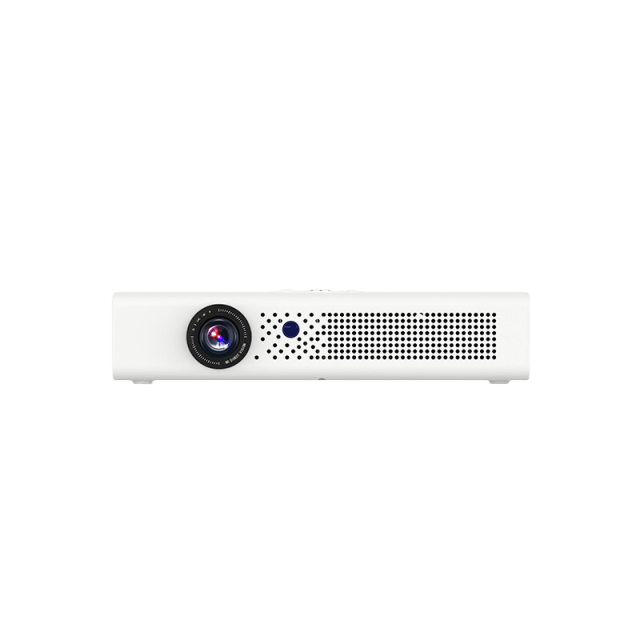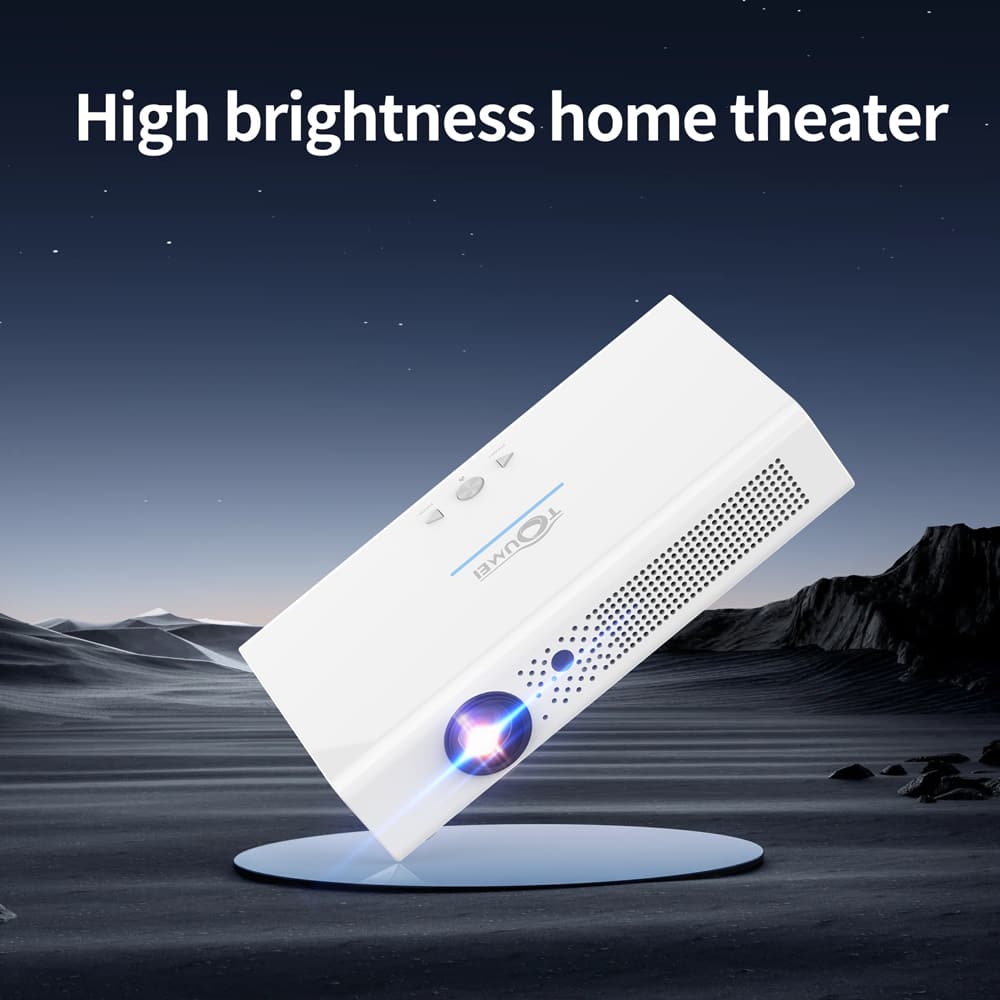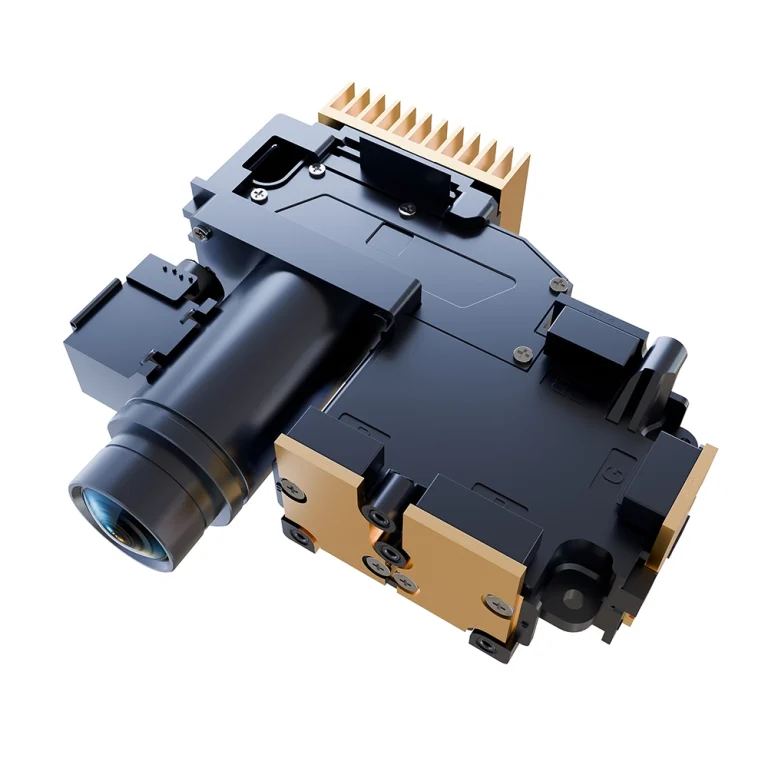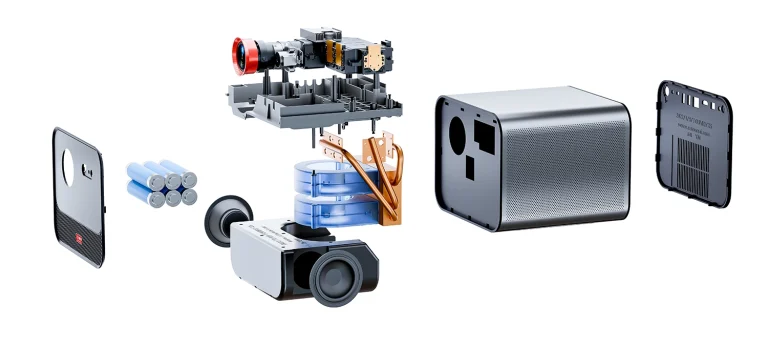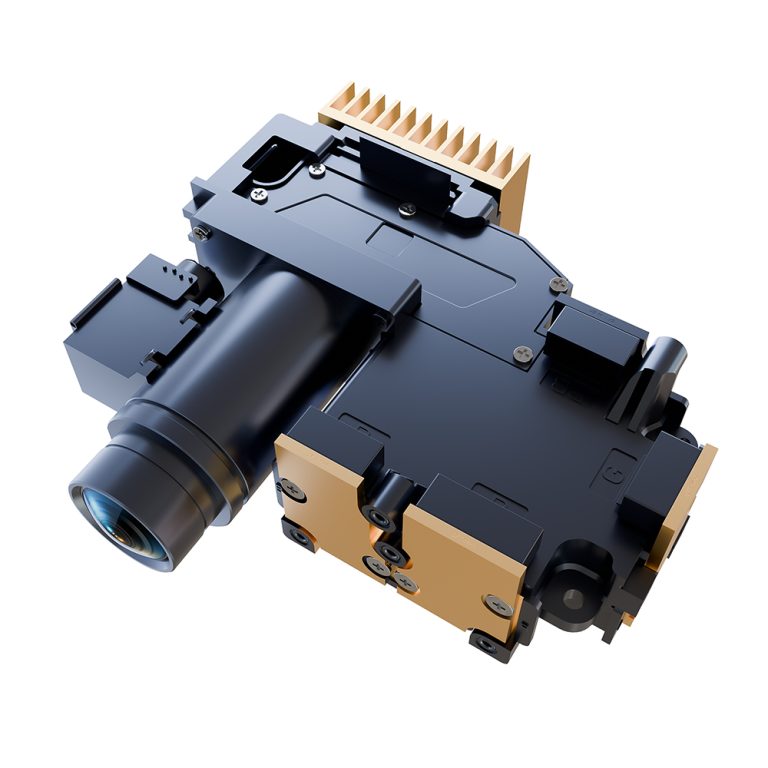When selecting a projector, the discussion about DLP and LCD technologies frequently steals the spotlight. Both present distinct advantages, but which provides exceptional picture excellence? This article examines the primary distinctions, evaluates their capabilities, and highlights perfect scenarios for each. Whether you’re passionate about home cinema or a corporate expert, grasping these systems will steer your choice. Let’s dive into DLP versus LCD projectors and discover the ideal match for you.
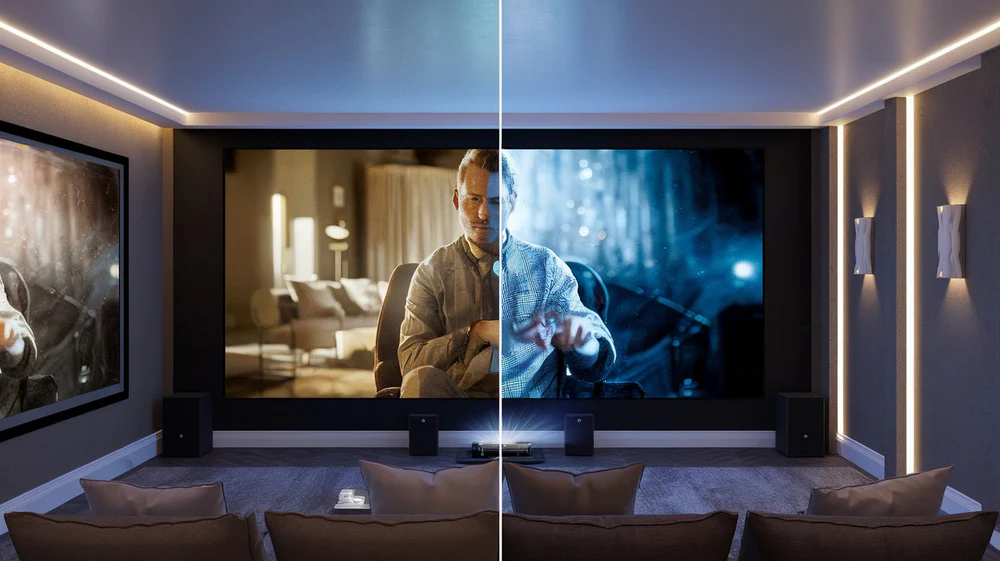
What Are the Key Differences Between DLP and LCD Projectors?
DLP (Digital Light Processing) and LCD (Liquid Crystal Display) projectors employ unique methods to display visuals, affecting aspects like expense and functionality. Below, we outline the main contrasts across five essential factors.
| Aspect | LCD Projectors | DLP Projectors |
| Price | Affordable, ideal for budget-conscious users like schools or small businesses due to simpler manufacturing and availability. | More expensive due to advanced technology and components, appealing to professionals or home theater enthusiasts prioritizing performance. |
| Brightness | Average lumens output, sufficient for dimly lit rooms but may struggle in well-lit environments. | Higher brightness levels, efficient light reflection system, ideal for varied lighting conditions or larger venues. |
| Clarity | Decent sharpness, may suffer from pixelation or “screen door effect” at lower resolutions due to pixel grid structure. | Superior clarity, uses micro-mirrors for crisp, smooth images, especially noticeable in high-definition content like films or graphics. |
| Color Reproduction | Average performance, vibrant colors but may lack depth or accuracy, especially in cheaper models. | High color reproduction, richer and more precise hues via color wheel and light modulation, enhancing cinematic experiences. |
| Optical Technology | Semi-enclosed or open system, light passes through liquid crystal panels, more susceptible to dust, requires occasional maintenance. | Fully enclosed system with tiny mirrors, reduces dust ingress, enhances durability, though more complex and costly. |
How Do DLP and LCD Projectors Compare in Image Quality?
Picture excellence drives any projector evaluation. Let’s assess how DLP and LCD measure up in radiance, contrast, and clarity—crucial elements shaping viewing quality.
Brightness and Color Accuracy
- DLP: Radiance depends on the light source. Single-chip designs might trade hue richness for brightness because of the color wheel’s white portion. Laser DLPs, such as those from TOUMEI, enhance precision.
- LCD: Steadily luminous with outstanding hue fidelity, as light flows straight through RGB panels without reduction.
LCD frequently excels in lively, bright areas, while DLP performs strongly with advanced light origins.
Resolution and Sharpness
- DLP: Attains crisp imagery with swift mirror shifts. Many, like the TOUMEI X6, support 4K through pixel-shifting.
- LCD: Provides inherent clarity but may show pixel outlines in lesser resolutions.
DLP offers smoother high-definition visuals, while LCD shines in natural detail.
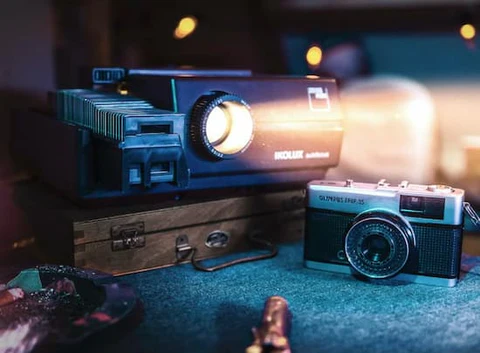
In What Environments Do Each Type Excel?
The perfect projector hinges on your location. Here’s where DLP and LCD stand out based on illumination, intent, and area.
Best Settings for DLP Projectors
- Home Theaters: Strong contrast and deep blacks make DLP excellent for shadowy spaces. Units like the TOUMEI V6 elevate film evenings.
- Portable Use: Small, light builds suit trips or tight spots.
- Gaming: Quick reactions cut motion fuzziness.
DLP prospers in managed lighting with lively content.
Optimal Conditions for LCD Projectors
- Classrooms/Offices: Bright output tackles surrounding light, ideal for talks.
- Large Venues: Steady radiance ensures clarity over vast displays.
- Daytime Viewing: Excellent brightness counters sunlight well.
LCD thrives where light management is scarce.
Is TOUMEI a Reliable Projector Supplier?
When buying a projector, picking a dependable name counts. TOUMEI emerges as a trustworthy provider, focusing on DLP expertise.
Overview of TOUMEI’s Product Range
TOUMEI supplies various smart DLP projectors, from tiny portable units to powerful home cinema systems. Their selection, found at TOUMEI Products, features:
- X6: A small 4K-ready projector for flexible use.
- V6: Asturdy choice with improved radiance and contrast for movie-like moments.
With an emphasis on creativity, TOUMEI blends 3D visuals and smart options into its products.
Customer Reviews and Satisfaction
TOUMEI has earned praise for reliability and sturdiness. Buyers commend their projectors for:
- Steady operation across different places.
- Top-notch support and post-purchase care.
- Fair costs for cutting-edge traits.
Located in Shenzhen, China, TOUMEI’s over-a-decade mastery in DLP tech guarantees solid items.
Final Thoughts on Choosing Between DLP and LCD Projectors
Picking between DLP and LCD projectors depends on your goals. If picture quality in dim areas matters most, DLP’s contrast and fluidity take the prize. For radiant, hue-rich visuals in lit spaces, LCD leads. Cost, mobility, and care also factor in. Check out choices like those from TOUMEI to find a projector suited to your desires—be it films, talks, or gaming.
Far far away, behind the word mountains, far from the countries Vokalia and Consonantia, there live the blind texts. Separated they live in Bookmarksgrove right at the coast
Far far away, behind the word mountains, far from the countries Vokalia and Consonantia, there live the blind texts. Separated they live in Bookmarksgrove right at the coast
Far far away, behind the word mountains, far from the countries Vokalia and Consonantia, there live the blind texts. Separated they live in Bookmarksgrove right at the coast
Rare in modern models—2020+ DLP projectors use 6/8-segment color wheels (vs. old 3-segment ones), reducing rainbow flicker to <1% of users (per CVIA 2024 data).
DLP needs only occasional exterior wiping; LCD requires filter cleaning—see Projector Maintenance Guide (internal link) for step-by-step tutorials.


